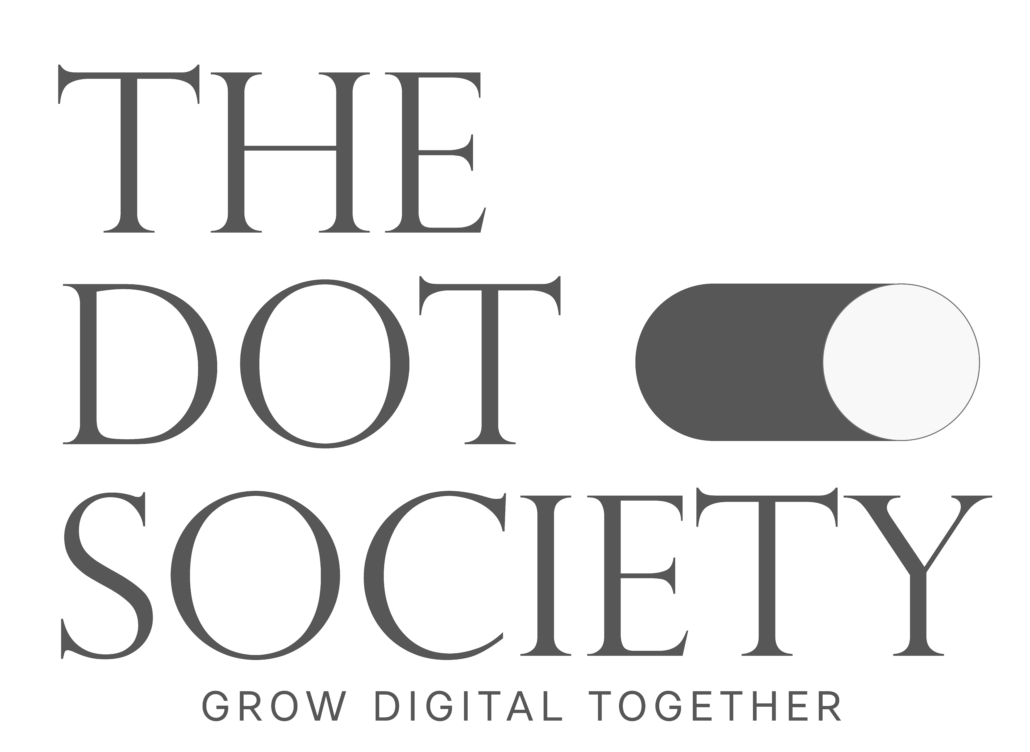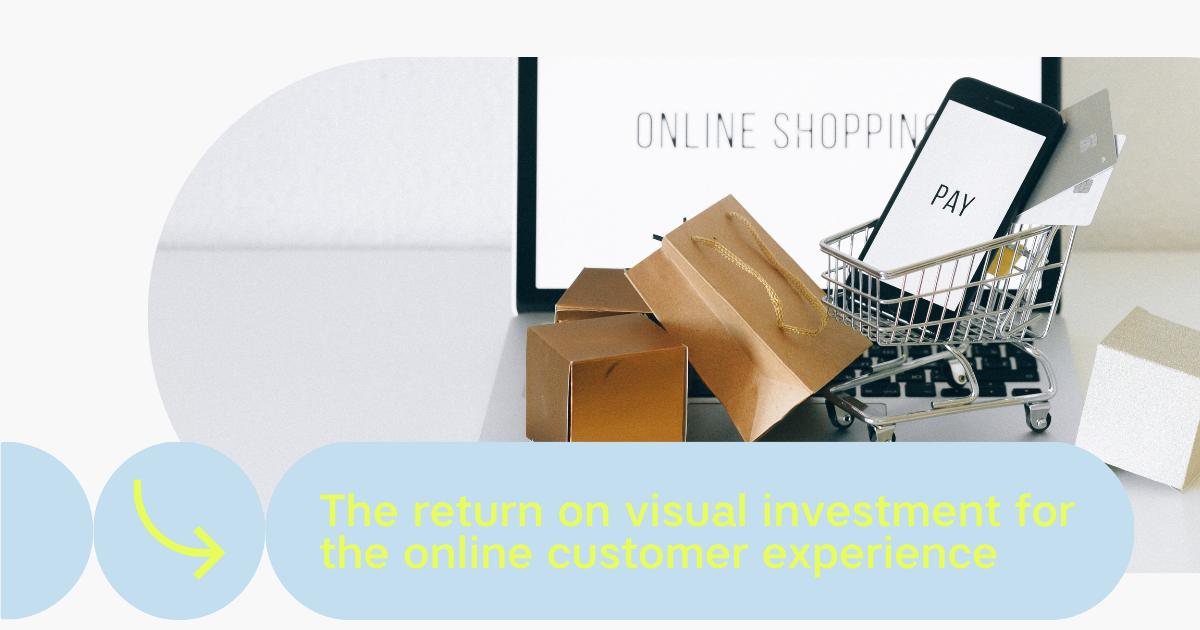As we enter the seventh month in the “new world” of digital customer experience, we tend to leave out an important segment which became more valuable as ever; visual commerce. What do we understand under the principle of visual commerce? 3-D images? Video sales calls? In fact, it is much more than these tactics that proactive businesses are implementing to keep on track of the new normal. As we speak about visual commerce we talk about improving the way companies display and sell their products and services online. It uses user-generated content (UGC) to drive sales and conversions and increase user engagement. In its most essential form, it refers to enhancing the user experience by providing exciting, influential and seductive visual content that encourages them to buy the products immediately. Learn more about the world of visual commerce below!
“The transition that people expected to take four years has occurred in four months,” said Chris Beaudin, director of marketing for Atlatl Software, a visual commerce platform.
This drastic mental shift that companies are turning to, has become a necessity. Due to Covid-19, companies realise they must’ve implemented the tactics of visual commerce much earlier because now they have to play catch-up. In addition, the earlier focus on visual commerce would have given them a huge competitive advantage at this time. According to Atlatl, humans process visuals 60.000 times faster than other forms of communication. Besides, we remember 80% more of what we see.
When understanding the importance of investing in visual commerce, we need to undertake three fundamental steps of visualization in the commerce process. The first step is the product visualization, the client should be able to see the product. Next, visual configuration, the ability to personalize the product by having changing options. Last, augmented reality, let the customer experience the product in “real life”.
These indirect emotional tones will help marketers connect with the buyer to influence the purchase and create an innovative buyer experience, which is every marketeer’s goal.
We are all familiar with ROI in the business world but in the world of visual commerce, we talk about ROVI. The Return on Visual Investment. The ability to offer a 24h visual commerce experience to your customers is important in the current environment. Beaudin’s estimation on ROVI is a return of about 10 times the initial investment.
When extending visual commerce through an omnichannel approach, your business will leverage a competitive advantage. It will offer a better and greater value to your clients. By not only implementing visual commerce online but also offline, you’ll create an omnipresent of your strategy.
As we look at brands who applied this to their omnichannel strategy, we refer to the Dutch sunglasses brand Ace & Tate. As their slogan explains “Sometimes you want to try before you buy. Choosing glasses online can be a tricky business, but we’ve got some tips to smoothen the buying process.” On their website customers can try out different frames at home or wherever they like. It creates digital shortcuts into the online shopping funnel. This way makes online shopping easy peasy and creates a customer experience, which nowadays is a road that will lead you to loyal customers. A unique shopping experience is changing from physical retail to visual commerce online. Read our article on AR features on Instagram to dig deeper into visual commerce on social media platforms.
Need some examples for improving your businesses visual commerce? We will start with the basics;
- When selling products online, make sure that your product shots are clear and not boring. Add your special touch to it!
- Using product pictures or moving visuals with a model will give a clear picture of the products themselves. Say goodbye to high returning costs.
Implement this strategy and think out-of-the-box to see how ROVI has an advantage for your business!
Dit bericht bekijken op Instagram
This post is also available in: Dutch




